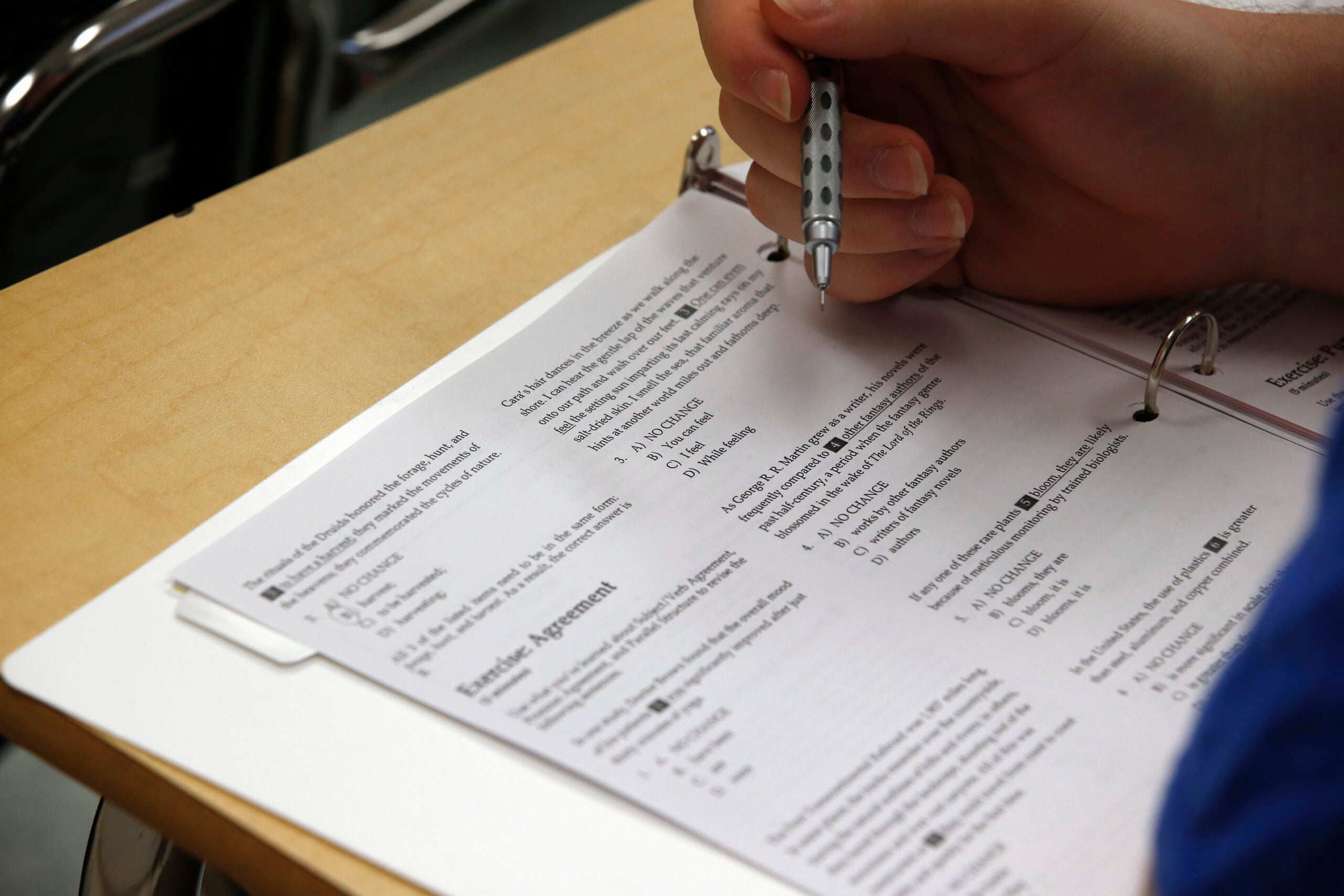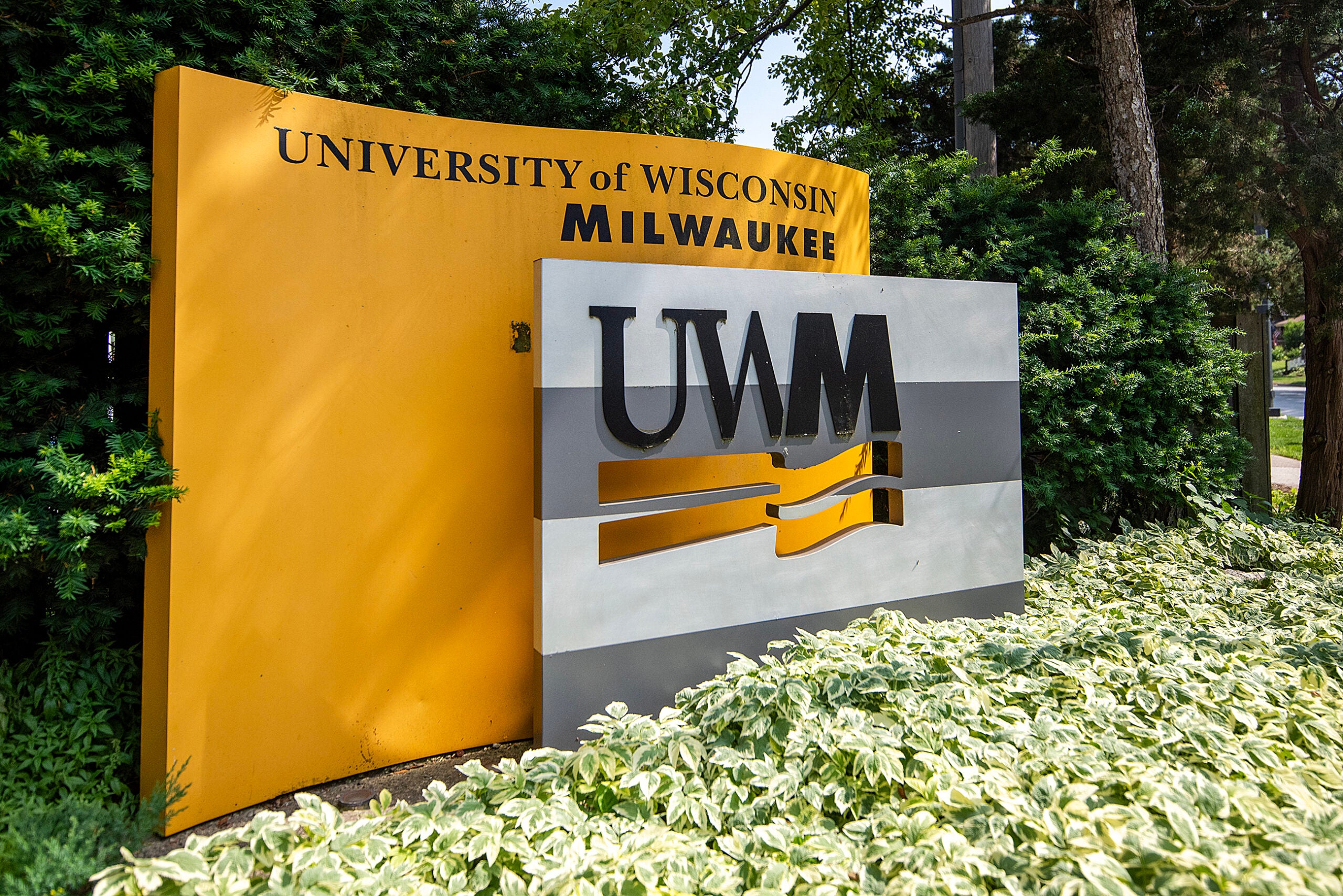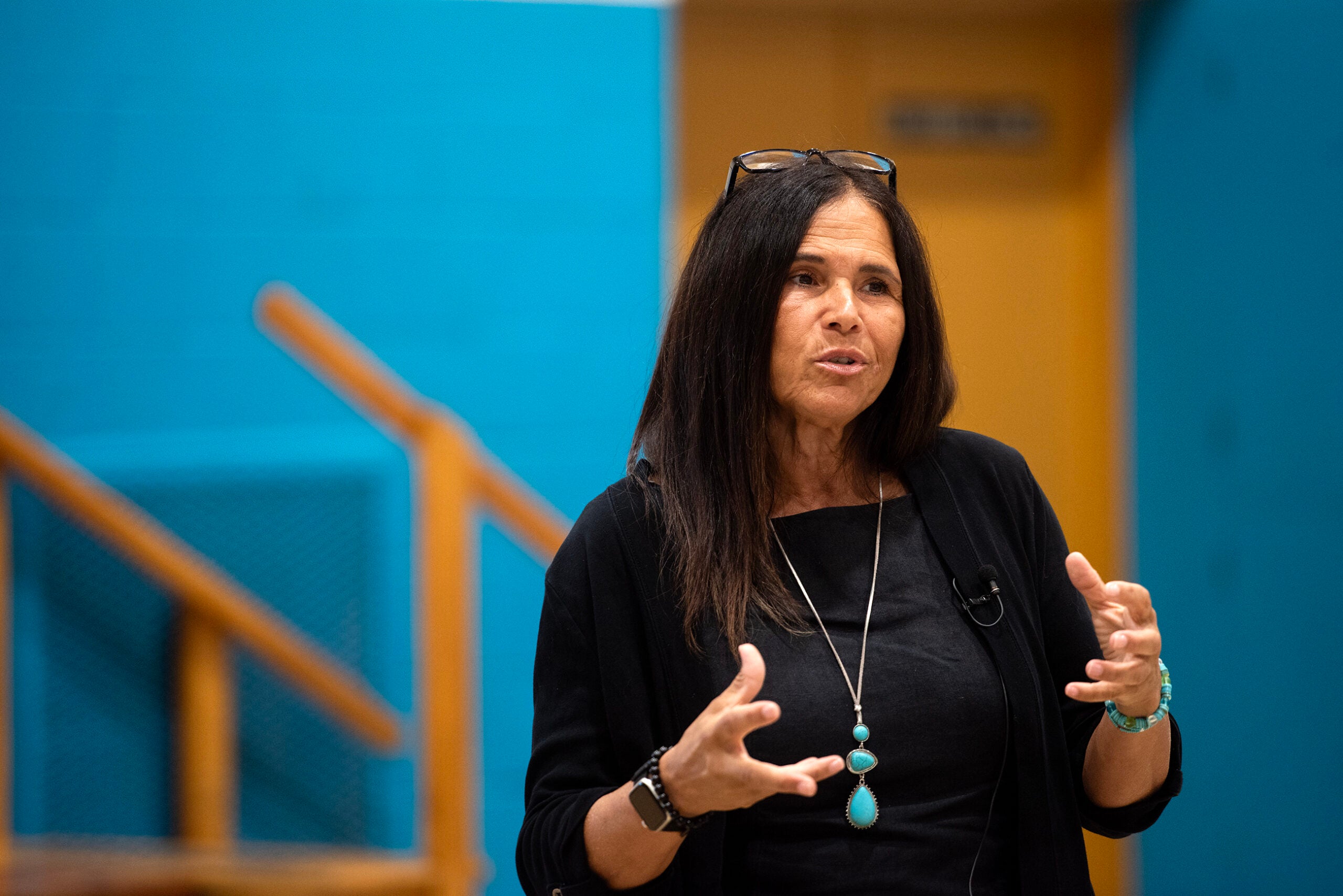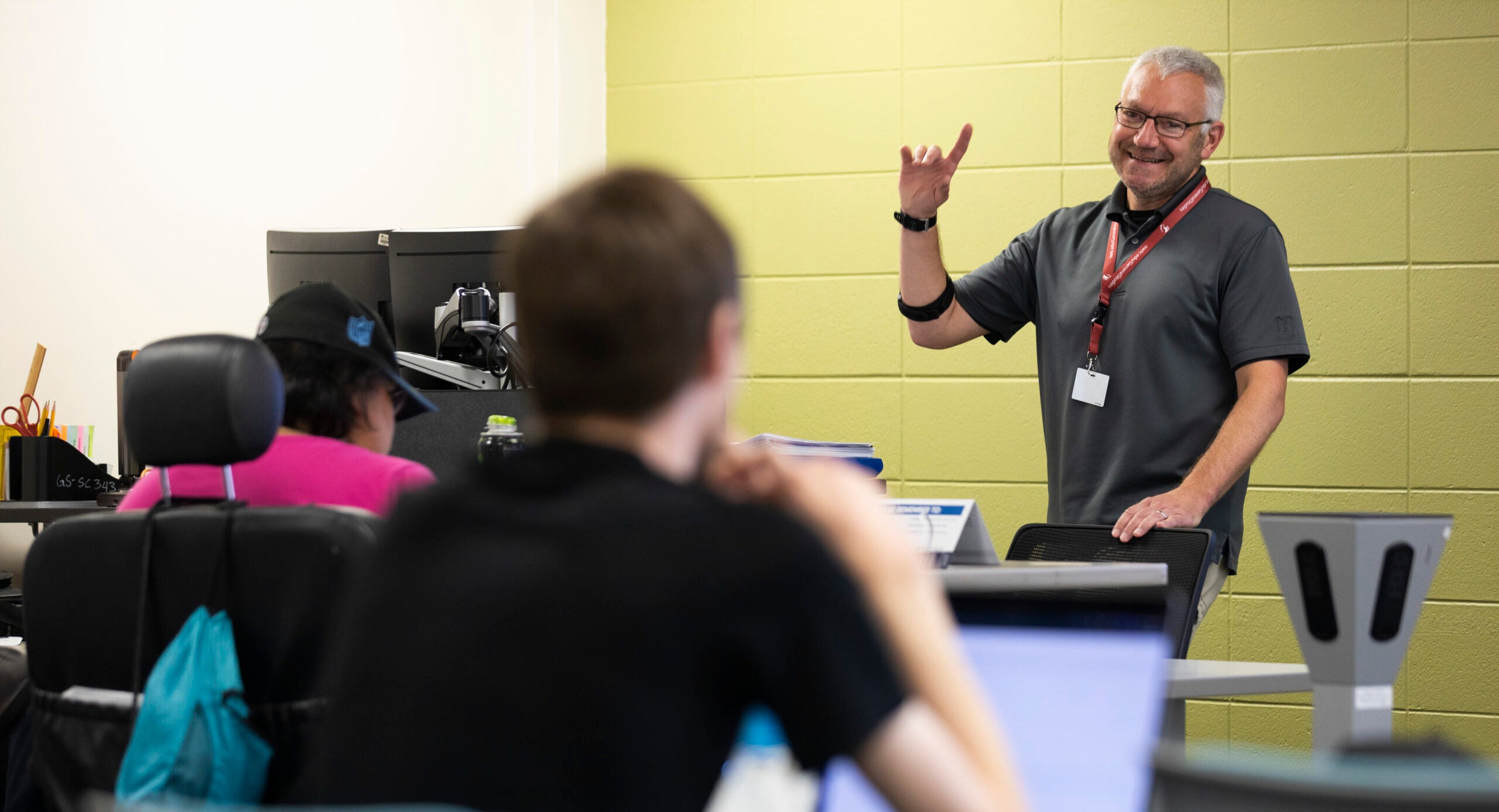Milwaukee’s college prep programs have shown improvement in growing academic achievement for Hispanic children, but not Black students. And access to programs are often too limited to create institutional change across the city.
Those findings are part of a recent report by the Black and Latino Ecosystem and Support Transition, or BLEST, Hub at Marquette University which highlights the Black and brown college student perspective.
The group began in 2019 as a collaboration of Marquette, the University of Wisconsin-Milwaukee, Milwaukee Area Technical College and Milwaukee Public Schools to build a greater understanding of the needs of Black and brown students in Milwaukee.
News with a little more humanity
WPR’s “Wisconsin Today” newsletter keeps you connected to the state you love without feeling overwhelmed. No paywall. No agenda. No corporate filter.
As Milwaukee’s Hispanic population has grown over the last 20 years, there have been increasing efforts by many charter and choice high schools and the city’s universities to intentionally interact with Latino students.
Over the last decade, Cristo Rey, two of the Carmen Schools and St. Augustine Preparatory Academy opened on the city’s south side. During that same time, Hispanic enrollment increased 114 percent at Marquette University and 76 percent at UW-Milwaukee, the report found.
Walter Lanier, CEO of the African American Leadership Alliance of Milwaukee and one of the founders of the BLEST Hub, said the strides made for Hispanic students are good. But Black students continue to need support.
“Intentionality makes a difference,” Lanier said. “You manage what you measure. It doesn’t need to be an either-or. You can do both.”
Even with the rapid growth of Milwaukee’s Hispanic population since 2000, non-Hispanic Black people still made up the greater share of the city’s population in 2020: 38.8 percent versus 19.4 percent, according to census bureau data.
Milwaukee Public Schools enrollment is about 50 percent Black and 28 percent Hispanic, but Black students graduate high school in four years at a lower rate — 59.6 percent compared to 67.7 percent, according to state data.
The number of Black students enrolled at Marquette is about the same now as it was 10 years ago, with slightly more than 500 Black students, making up less than 5 percent of the student population, according to the report. Black enrollment at UW-Milwaukee declined by almost 25 percent.
The report also found there are many organizations working separately to support Black and Latino students, which can lead to competition for the same funding rather than improvement of outcomes or scope.
“There is so much strength in Milwaukee’s education and non-profit sector, but not always an understanding of what everyone is doing,” said Gabriel Velez, director of the BLEST Hub.
Velez said a bright spot is dual enrollment.
In the 2021-22 school year, 69,471 Wisconsin high school students earned college credits through dual enrollment programs at the UW System and technical college system, according to a recent report from the Wisconsin Policy Forum. Dual enrollment offers students who might not otherwise consider college or technical school a chance to try it for free.
Velez said it’s a great opportunity, but it’s dependent on relationships between intuitions.
“When Cardinal Stritch (University) closed, we were scrambling to get dual enrollment students into other programs,” Velez said.
All of this is happening at a time when Republican legislative leaders have made calls for cutting diversity, equity and inclusion positions and programs.
Lanier called proposed cuts to DEI programs and positions an “embarrassment.”
“The business community has understood the value of diversity, equity and inclusion not just because it’s the right thing to do but because of the value it adds,” Lanier said. “And in a city and state that is so highly segregated, we miss out on the innovation that diversity brings. It’s such a retrenchment to go backwards just for political gain.”
Wisconsin Public Radio, © Copyright 2026, Board of Regents of the University of Wisconsin System and Wisconsin Educational Communications Board.







